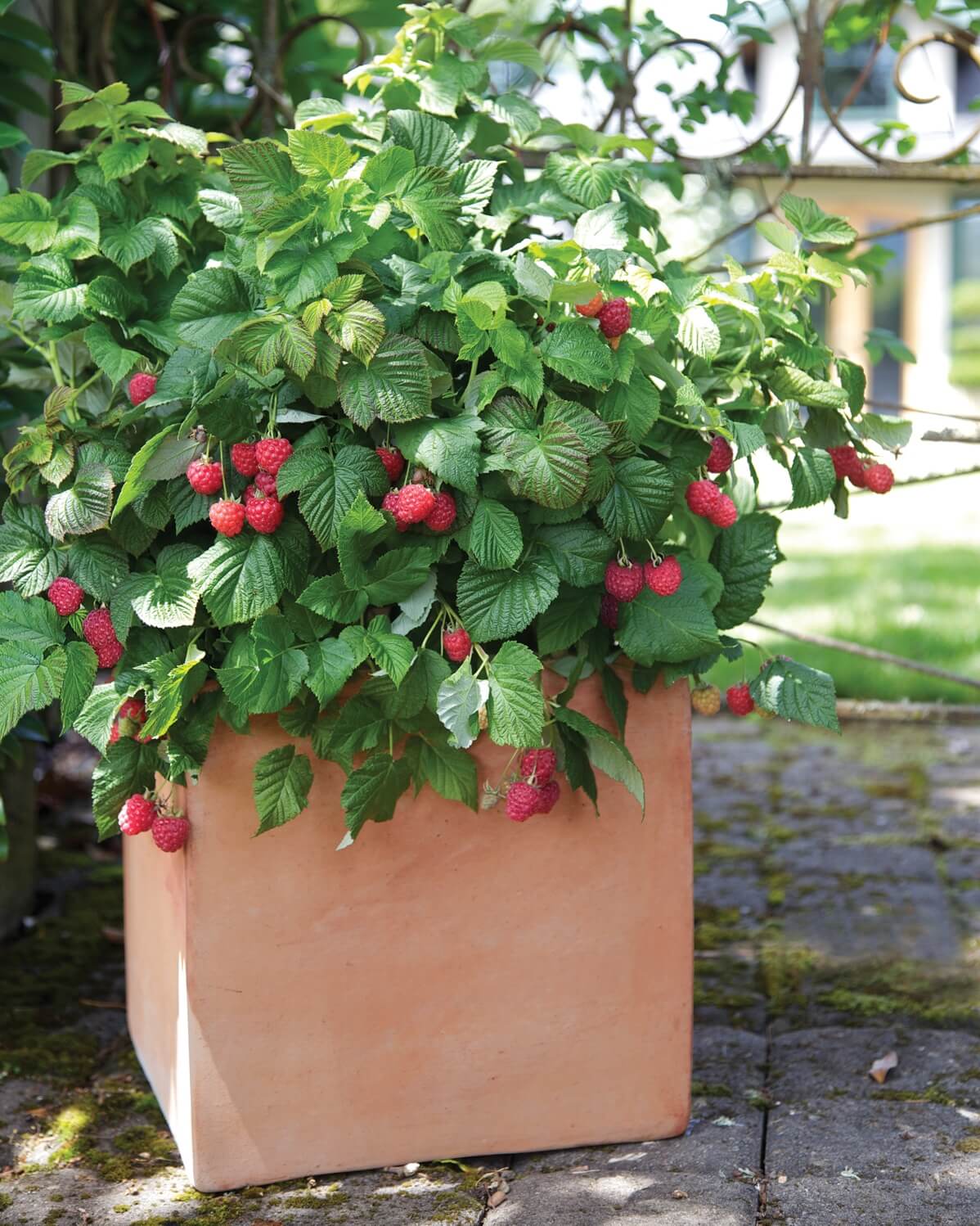Grow Raspberries in Pots: Step-by-Step Guide

Imagine the delight of plucking fresh, juicy raspberries straight from your own garden, even if you live in the heart of the city. Growing raspberries in pots is not only possible but also incredibly rewarding. Whether you're a seasoned gardener or a novice, this guide will walk you through every step of the process, ensuring you have a bountiful harvest of these delectable fruits. Let's dive in!
Why Grow Raspberries in Pots?
Growing raspberries in pots, also known as container raspberries, offers numerous benefits. For starters, it's an excellent solution for urban gardening, where space is often limited. Potted raspberry plants are also easier to manage, allowing you to control soil quality, watering, and pest management more effectively. Plus, you can move your pots around to optimize sunlight exposure.
Choosing the Right Variety
Selecting the right variety is crucial for successful potting raspberries. Look for dwarf or compact varieties that are well-suited for container gardening. Some popular options include 'Raspberry Shortcake,' 'Fall Gold,' and 'Caroline.' These varieties are known for their smaller size and high yield, making them perfect for urban gardening.
Selecting the Perfect Pot
The right pot can make all the difference. Opt for a container that is at least 12 inches deep and wide. This size ensures adequate space for root growth and stability. Terracotta, plastic, or wooden pots are all suitable, but ensure they have good drainage holes to prevent waterlogging.
Preparing the Soil
Raspberries thrive in well-draining, nutrient-rich soil. A mix of potting soil and compost is ideal. You can also add perlite or vermiculite to improve drainage. Ensure the pH level is between 5.5 and 6.5 for optimal growth.
Planting Your Raspberries
Once you have your pot and soil ready, it's time to plant. Follow these steps:
- Fill the Pot: Fill your pot about two-thirds full with the prepared soil mix.
- Place the Plant: Gently remove the raspberry plant from its nursery pot and place it in the center of your container.
- Add More Soil: Fill in around the plant with more soil, ensuring the root ball is fully covered and the plant is at the same depth as it was in the nursery pot.
- Water Thoroughly: Give your newly potted raspberry plant a good soak, ensuring the water drains well.

Raspberry Care Tips
Watering
Raspberries need consistent moisture, especially during the growing season. Water your plants deeply once or twice a week, ensuring the soil is evenly moist but not waterlogged.
Fertilizing
Use a balanced, slow-release fertilizer to provide essential nutrients. Apply it according to the package instructions, usually every 4-6 weeks during the growing season.
Pruning
Pruning is essential for healthy growth and fruit production. For summer-bearing varieties, prune out old canes after they have fruited. For everbearing varieties, prune in early spring to encourage new growth.
Pest and Disease Management
Regularly inspect your plants for pests and diseases. Common issues include aphids, spider mites, and powdery mildew. Use organic or chemical treatments as needed, following the manufacturer's instructions.
Harvesting Your Raspberries
The moment you've been waiting for—harvesting! Raspberries are ready to pick when they easily detach from the plant. Gently pull the berries off, being careful not to damage the plant. Enjoy them fresh or use them in your favorite recipes.

Conclusion
Growing raspberries in pots is a fun and rewarding experience. With the right variety, pot, soil, and care, you can enjoy fresh, homegrown raspberries even in the smallest of spaces. So, why wait? Get started on your urban gardening adventure today!
FAQs
What is the best time to plant raspberries in pots?
- The best time to plant raspberries is in early spring or fall, when the weather is cooler and the plants can establish themselves before the heat of summer or the cold of winter.
How often should I water my potted raspberry plants?
- Water your raspberry plants deeply once or twice a week, ensuring the soil is evenly moist but not waterlogged. Adjust the frequency based on weather conditions and soil moisture.
Can I grow raspberries in pots indoors?
- While raspberries can be grown indoors, they require a significant amount of sunlight—at least 6-8 hours per day. A sunny window or grow lights can help, but outdoor growing is generally more successful.
What are some common pests and diseases that affect raspberries?
- Common pests include aphids, spider mites, and raspberry beetles. Diseases to watch out for include powdery mildew, rust, and cane blight. Regular inspection and prompt treatment can help keep these issues at bay.
How long does it take for raspberries to produce fruit?
- It typically takes about a year for raspberry plants to produce fruit. Some varieties may produce a small crop in their first year, but full production usually begins in the second year.
Happy gardening!
0 Response to "Grow Raspberries in Pots: Step-by-Step Guide"
Post a Comment